A client comes into the ER experiencing confusion and agitat…
A client comes into the ER experiencing confusion and agitation. On assessment he has muscle rigidity, sluggish pupils, weakness, and a temperature of 102.4. Due to his confusion his wife is helping in the interviewing process and mentions he was just switched from an SSRI to an MAOI by his doctor. He did not want to waste medication and wanted to get better fast, so he took both meds until he ran out even though his doctor told him to delay for a few weeks between medications. You know this means he is at high risk for what condition?
Read Details


